From imitating the "nakedness" of sheer attire to asserting a woman's control over her body and her undeniable presence, mainstream fashion brands are increasingly focusing on the concept of gender fluidity. Hollow and mesh knits are becoming a new trend in layered clothing, departing from the conventional display of overt sensuality.
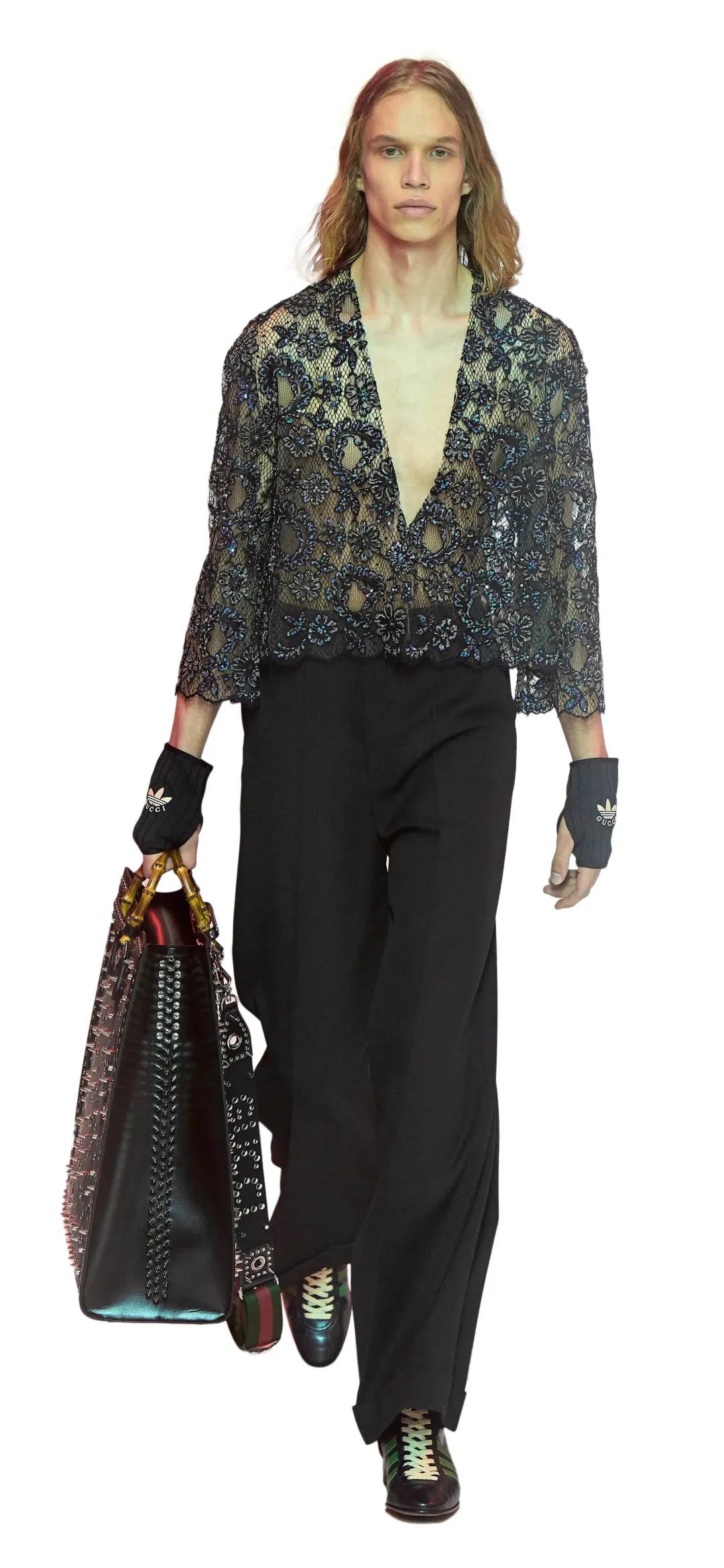
While lace elements in Gucci's 2022 fall-winter collection symbolize diverse creative possibilities, Givenchy introduced an oversized off-white mesh sweater with fringes at the hem and cuffs, channeling punk rock emotions through its split design. Designer Rick Owens employed irregular mesh knits to complement the muscular physique of models, creating an "elegantly bohemian atmosphere," not just a wild celebration.
For women's wear, hollow and sheer elements, including see-through attire, have always remained present. Ann Demeulemeester, one of the Antwerp Six, expressed the fragility and sanctity of the human body through mesh knits in the 1998 spring-summer collection. Unfortunately, the competition among female celebrities in front of cameras tainted the perception of hollow and see-through outfits. Rihanna, in 2014, sparked a craze for wearing see-through outfits on the red carpet. Critics compared her crystal-adorned dress to full-body stockings, reminiscing about Grace Kelly's graceful red carpet walk, finding the current trend shameful.
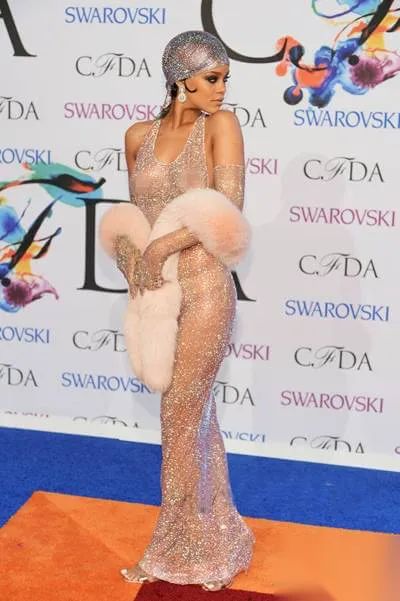
In the 2022 fall-winter fashion shows, hollow or see-through garments continue to sway, with mesh knits, lace, and sheer fabrics rightfully taking the spotlight. However, they no longer flaunt an overtly provocative sensuality as before. Designers employ clean silhouettes to enhance the lightweight nature of chiffon designs, using precisely tailored diagonal twill corsets to create a sense of balance. Some opt for dazzling high-neck mesh sweaters paired with equally eye-catching hollow dresses, while others tuck an oversized white button-up shirt into an airy white sheer long skirt, daringly (slightly) suitable for office wear. The collection even includes various candy-colored hollow knits, evoking childhood memories.

Traditionally, hollow or see-through garments might seem more fitting for spring or summer, considering the need for less clothing in colder weather. However, according to trend forecasters, this trend relates to the emotional desire for attention. In 2022, two major themes persisted in fashion trends: a sense of presence and empowerment. The dopamine-esque dressing of spring-summer 2022 responded to post-pandemic emotions with bright, bold colors and more voluminous silhouettes, making wearers easily recognizable in crowds.
The trend of hollow and see-through garments is understood as a "necessary response to the political climate." As women's rights face challenges disproportionate to societal progress, extreme femininity and the trend of exposing the body stand against restricting women's autonomy. The imitation of "nakedness" through see-through outfits proclaims that a woman's body is her own domain and emphasizes their unignorable presence.
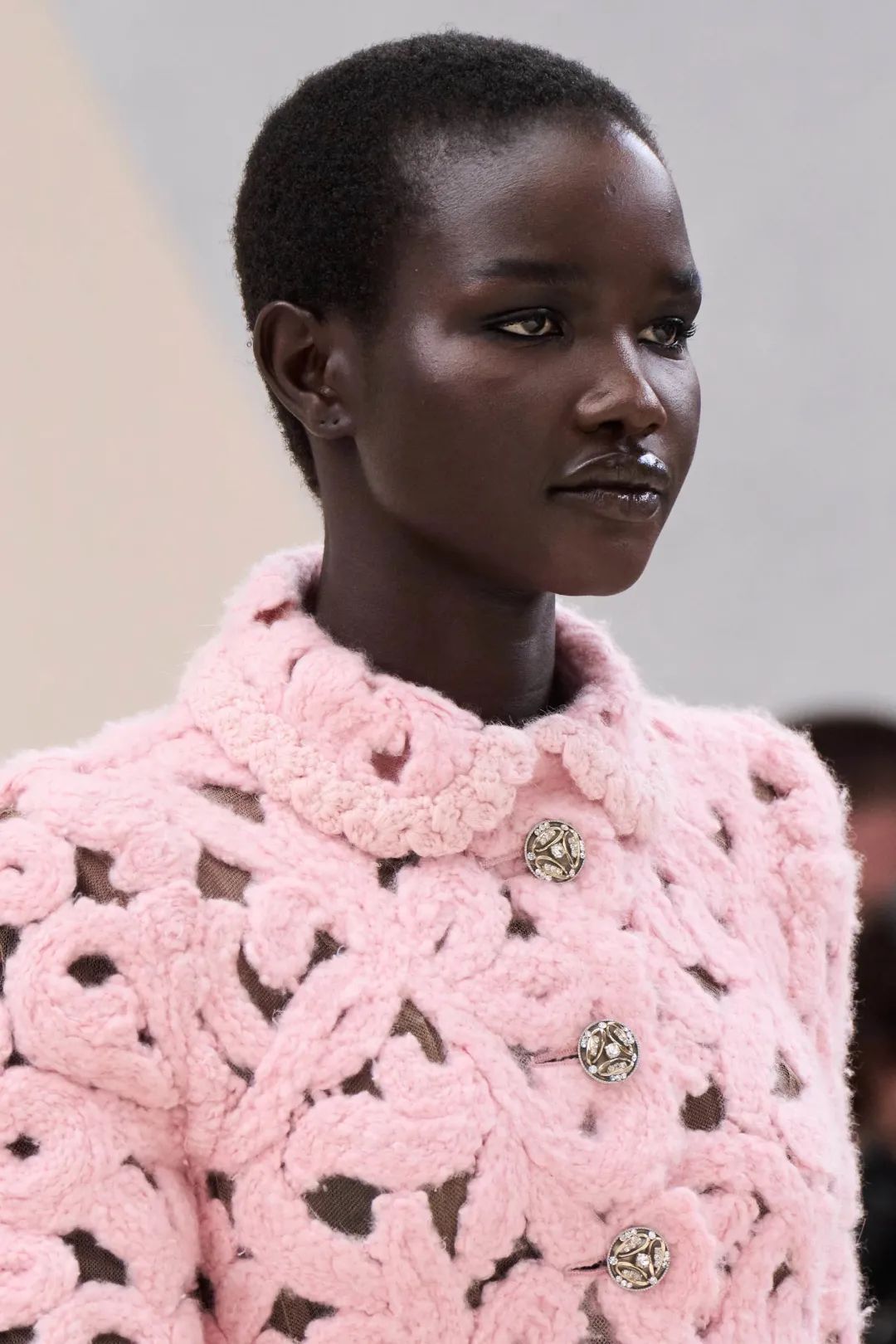
This narrative echoes a textbook case concerning see-through attire. In 1962, Marilyn Monroe pre-ordered a sheer nude veil for President Kennedy's birthday gala, designed with a fabric 50 times finer than regular silk, resembling the closest shade to flesh tone available at the time. The entire ensemble was sculpted to her body's curves, requiring the designer four hours and 20 uniquely shaped panels to barely cover Monroe's chest. One can imagine the stunned audience witnessing a body adorned with 6,000 rhinestones under such a transparent veil.
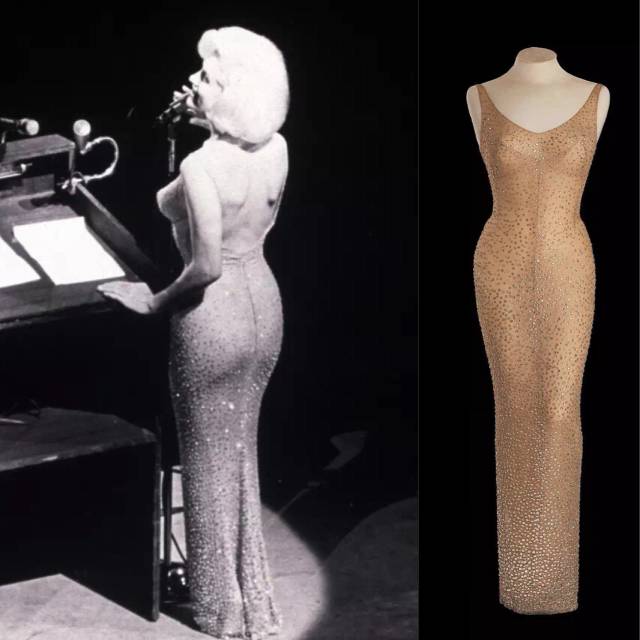
Recently, this iconic Monroe dress reappeared in a "side story." The Met Gala, delayed two years due to the pandemic, finally took place. Among the most talked-about appearances was Kim Kardashian, borrowing Monroe's sheer veil from a museum. To fit into the dress, Kardashian underwent a three-week sugar and carbohydrate-free diet, losing 16 pounds. Unfortunately, the veil's return revealed irreversible damage along the fabric's edges.
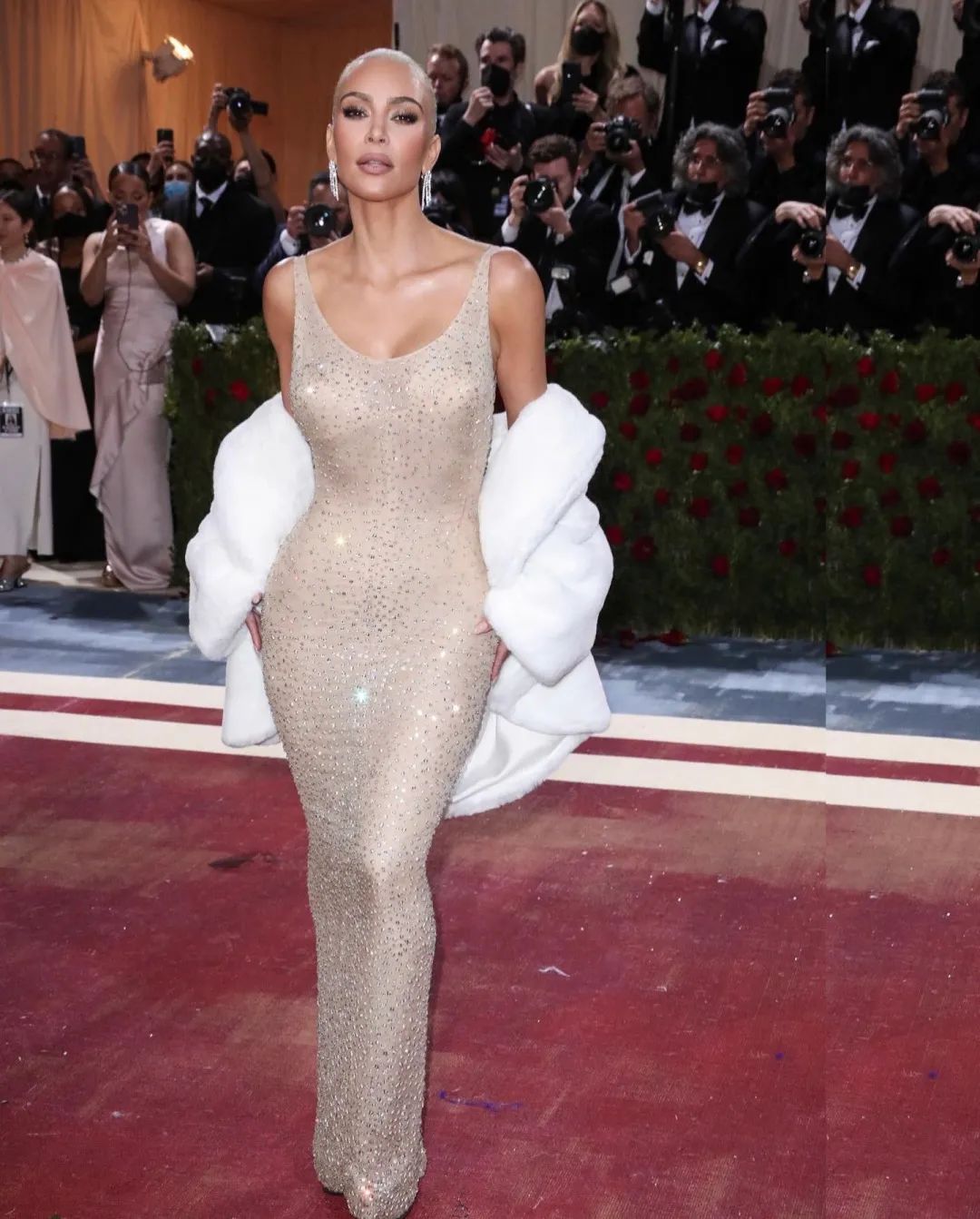
Pulitzer Prize winner Alison Lurie once likened clothing to an extreme experiment in language, turning it into a book. How is clothing interpreted like language? In closed, serious settings, wearing the wrong attire feels like saying something inappropriate; flashy colors and conflicting styles resemble noisy or jarring "noise," causing discomfort; monotonous colors whisper like quiet conversations. Deriving from her "grammar" of clothing, what do you think hollow and see-through attire conveys? One could attempt to find answers within lace, one of the earliest materials that sparked this aesthetic trend.
In the Middle Ages, aesthetics did not favor the symmetrical, harmonious, and plain beauty of ancient Greece. Instead, it revered intricate adornments, and lace emerged in this context, initially as small decorations on handkerchiefs or hats or used as lingerie trim concealed in chambers. People always held a mixture of temptation and reverence towards lace. Only daring women like Anne Boleyn dared to use it as a seductive tool, transitioning from Catherine of Aragon's lady-in-waiting to Henry VIII's second wife. The Hollywood movie "The Other Boleyn Girl" depicted the story of Anne Boleyn and Henry VIII.
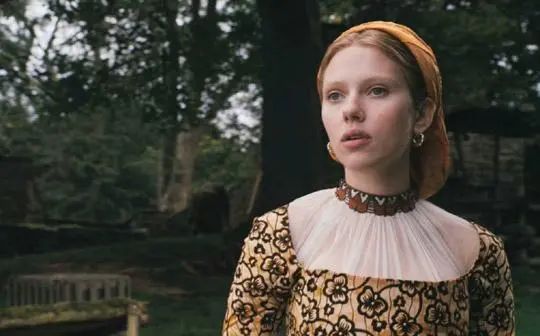
It wasn't until the Baroque and Rococo eras that lace emerged as a mainstream fabric. Spanish painter Goya's "Naked Maha" and "Clothed Maha" depicted figures with identical expressions and postures, yet the latter exuded more sensuality, perhaps due to the lace trim of the tight corset. Concealment and exposure became a choice offered by clothing, and lace concentrated on the duality — covering up while revealing more.
On the other hand, lace, as an "indicator," showcased the stark differences in wealth and status. Highlighting wealth became a domain of exuberant creativity for feudal nobles. The ruff collar, a French invention, was a testament to lavishness. It's said that making a ruff collar required several meters of fabric, 23 centimeters wide. Wearing such a wide collar around the neck made movements extremely challenging. To solve the problem of "not being able to eat soup while wearing a ruff," nobles had to use specially designed long-handled spoons on dining tables.
Queen Elizabeth I of England particularly favored using ruff collars to conceal her slender neck. Noblewomen eagerly emulated her, and lace embellishments became increasingly splendid, forcing painters to painstakingly capture every detail of opulent attire. While art aesthetes looked down upon standardized "ruff collar portraits," they provided precious historical evidence for the fashion world. Fashion historians sometimes argue that the queen's attire symbolized both her virginity and her royal power, while lace ruff collars satisfied the voyeuristic desires of her admirers.

In the 17th and 18th centuries, lace became synonymous with ornate style. Glance through the works of classical painter Jacques Louis David, and you'll notice that the lace pleats on characters' chests were the most tender parts of their entire bodies. Rumors suggested that Jacques would "modify" the attire of his subjects according to his aesthetic preferences, even imagining and creating new styles. Even Napoleon's Empress Josephine often invited him to the palace to discuss fashion trends. It's hard to imagine this painter, acclaimed for works like "The Death of Marat," being so interested in attire.
Over the long years, lace vividly embodied femininity while being bestowed with determined strength by its interpreters. The conservative Victorian era swathed women tightly in the name of purity. German scholar Fuchs aptly remarked, "Vulgar morality demanded that skirts construct a wall, fortifying women's bodies like a fortress." In that contradictory era, some knowledgeable women began accepting the sprouts of feminism, and trousers became their most powerful symbol. Meanwhile, other women chose to bind themselves in large petticoats, with only lace borders on their sleeves revealing their desires.
In the mid-20th century, women began voicing their desire for independence and equality, and details like lace borders, meant to please a patriarchal society, were gradually marginalized. "Roman Holiday" changed people's perception of lace fabric. The director's sole request to the costume designer was to transition the princess from a girl to a woman through her attire. Understanding this, the designer created a lace dress with a trench-style waist-cinching collar for the princess's return to attend a press conference. The clean tailoring symbolized the princess's psychological growth after emotional trials, and the brokenness conveyed by the lace texture expressed her budding romantic melancholy.
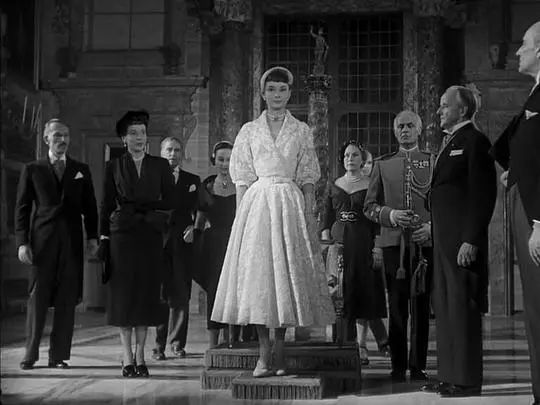
From the history of lace, it's evident that see-through attire is just a way of viewing, and nudity isn't the sole focus. Designer Paul Gautier once went the opposite way by introducing a groundbreaking 1996 spring-summer collection that incorporated optical illusion prints into the fashion world. Dresses and suits featured life-sized naked prints on both sides, blurring the line between wearing and not wearing, creating a simulated nakedness. Decades later, young avant-garde designers paid homage to Gautier's optical illusions, presenting new "nude garments" that weren't transparent. These bold prints mocked the opposition between exposure and concealment.
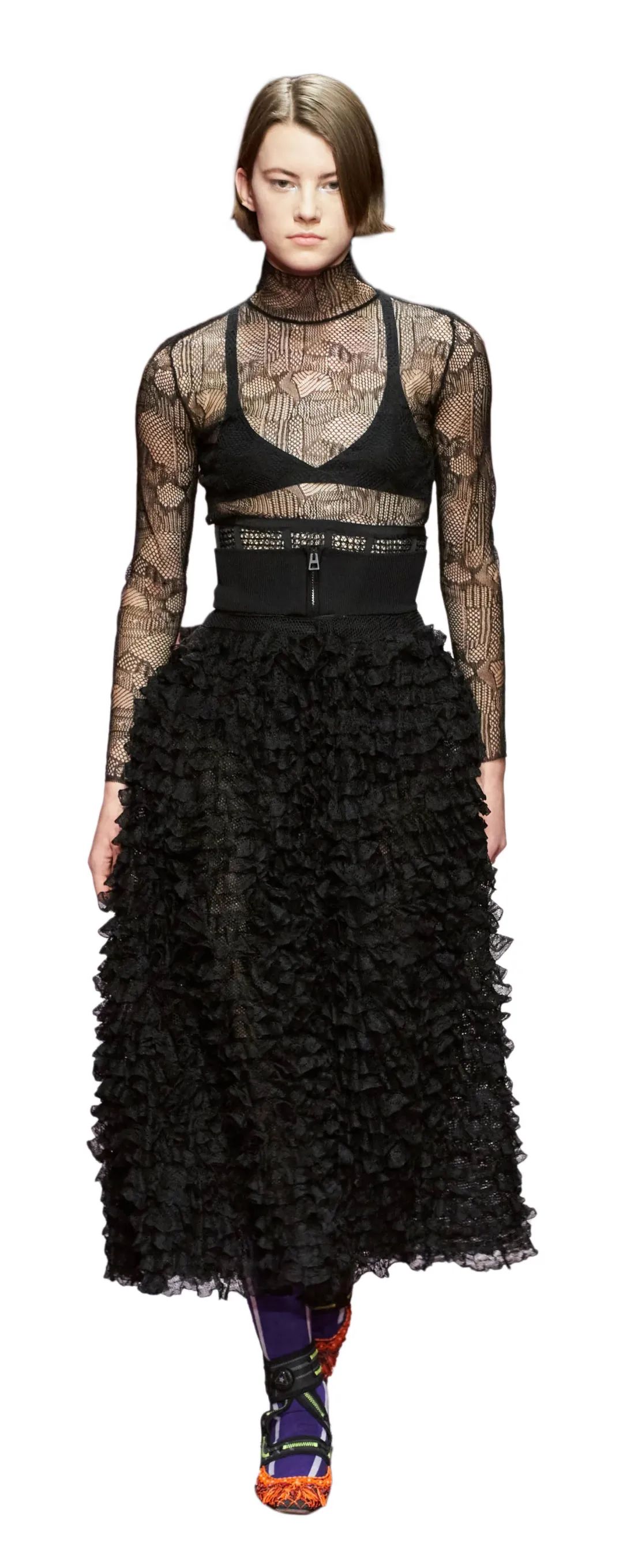
From 2016 on, different extents of emphasis on the "see-through" element reveal how designers seemingly agreed to wholeheartedly integrate it into modern women's lives. In reality, see-through attire offers ample space for exploration. When mesh or transparent fabrics intersect with leather jackets, suits, long shirts, or skirts, they exist as crevices, neutralizing the harshness of smoking attire, dissolving the rigidity of leather garments, and adding breathability to heavy designs. Contrasting Prada's 1994 spring-summer and 2023 spring-summer similar see-through sensations, whether interpreted as defensive armor or an independent halo, both represent a way to counter gazing by blurring boundaries.










